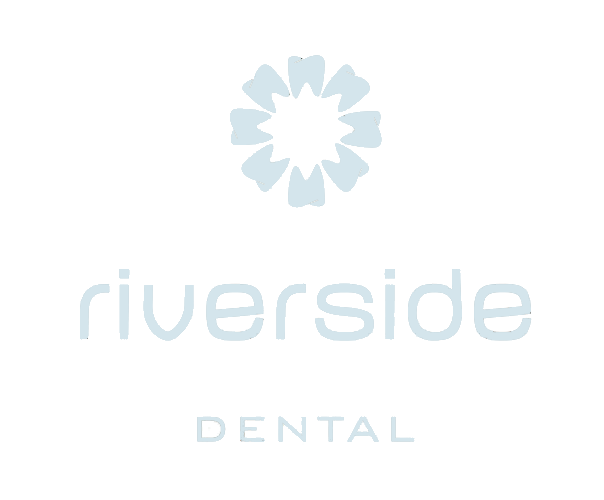Root Canal Post Operative Instructions
The canals inside the roots have been cleaned, irrigated, medicated and permanently sealed. The opening in the tooth through which root canal treatment was done has been sealed with a filling.
Delay in obtaining final restoration (crown) may result in fracture and/or possible loss of the tooth.
What to Expect
- It is not uncommon for a tooth to be uncomfortable or even exhibit a dull ache immediately after receiving root-canal therapy. This should subside within a few days (or even weeks).
- This occurs because of conditions, which existed before treatment was started. Experience shows that if there was pain prior to treatment there maybe a degree of pain that will continue for a few days after the procedure. Remember that pain radiates. You may feel sensations of discomfort that are not related to the treated area during the healing process. This can be created by inflammation in this area and/or due to increase in blood volume that natural occurs in the healing process.
- Your tooth will be sensitive to biting pressure and may even appear to feel loose. This feeling is a result of the sensitivity of nerve-ending in the tissue just outside the end of the root, where we cleaned, irrigated and placed filler and sealer material. Discomfort in this area for a few days to a couple of weeks is common. Warm salt-water rinses for the next two days will help, and avoid chewing on this side until all tenderness is gone.
- Occasionally, a small “bubble” or “pimple” will appear on the gum tissue within a few days after completion of a root canal. This represents the release of pressure and bacteria which no longer can be sustained around the tooth. This should disappear within a few days.
- The gums may be sore and the tooth may be tender when biting or chewing. These conditions exist because the nerves around the tooth have been inflamed because of the conditions that existed before treatment was started and due to the manipulation of the tooth during treatment.
A crown is now needed to protect this tooth
What to Do
- Please do not chew or attempt to eat on the side of your mouth that has been worked on while this area is still numb.
- You may want to put an ice pack over area where the procedure was done for 1/2 hour when you first get home to minimize swelling. Apply the ice pack (or use frozen vegetables like peas) every hour for 10-15 minutes during the first 4-6 minutes.
- Sleep with your head in an elevated position for the first few nights if you do not have any physical limitations.
- Eat a soft diet for at least two days and remember not to chew on the treated side. Avoid very hot or cold foods during the healing process.
- We recommend you take something for pain-relief within one hour of leaving our office, to get the medication into your blood system before the anesthesia we administered begins to subside. Generally, only one dose is needed. We recommend ibuprofen (Nuprin, Advil, Motrin)-800 mg (four tablets). Two to four tables may be taken four times a day for the next 3-4 days to help control the sensitivity in this area. If you have a medical condition or gastrointestinal disorder which precludes ibuprofen, acetaminophen (Tylenol, Excedrin) is a substitute, although it does not contain anti-inflammatory properties, Aspirin and aspirin-containing products are NOT advisable, as they tend to increase bleeding from the area that was treated.
- Please take prescribed medication (antibiotics and /or pain medication) as directed. If you are given PenicillinVK take 2 pills every 4 hours for 48-72 hours, then complete prescription taking 1 pill every 6 hours. Please take the full course of antibiotic medication. If you were given a prescription for pain, it is meant to help you with more serious discomfort only for a couple of days. Refer to pain control article
- Whenever possible, try to chew on the opposite side from the tooth we have just treated, until you have a crown place. Until that time, your tooth still is weakened and could fracture.
- Do not smoke during the first 24 hours and minimize the number of times you smoke during the remaining healing process because smoking delays the healing process. Avoid drinking alcoholic beverages. Avoid strenuous exercise for 24 hours.
- Please avoid crunchy or hard foods which could cause the tooth without a crown to fracture.
- Frequent rinsing with warm salt water for the next two days
- We recommend you take something for the increased sensitivity in this area within one hour of leaving our office, to get the medication into your blood system before the anesthesia we administered begins to subside. Generally, only one dose is needed. We recommend ibuprofen (Nuprin, Advil, Motrin)-two to four tablets, which may be taken four times a day if needed. If you have a medical condition or gastrointestinal disorder, which precludes ibuprofen, acetaminophen (Tylenol, Excedrin) can be a good substitute, although it does not contain anti-inflammatory properties.
Delay in obtaining final restoration (crown) may result in fracture and/or possible loss of the tooth
What to do for non-healing after Endodontic Treatment
Fortunately for everyone, most root canals heal with about a 95% success rate. When they don’t heal, we would prefer to call this “non-healing”. Be aware that this is not mere carpentry — it is a medical procedure and all medical procedures do not heal 100% of the time, including root canals. Generally speaking, the non-healing takes one of two avenues:
- Pain (mild too severe) with or without swelling, or
- No symptoms at all, but rather changes on the x-ray suggestive of non-healing (i.e.: bone dissolving around the root tips).
Typically, the non-healing is caused by one of two things:
- Inflammation-The inflammation may be from the tooth being inflamed prior to treatment, or the treatment itself may elicit more inflammation. Usually time, and medication like Advil, or steroids can resolve this.
2. Infection can be from three main causes: - The original infection persists
- There is a crack in the tooth,
- There is leakage through the top of the tooth (i.e.: the filling) that re-infected the root canal filling.
If the non-healing is due to infection, usually time and antibiotics will resolve this. If signs or symptoms persist, there are three options:
- Retreat the root canal, or
2. Surgically clean the bone that surrounds the root tip and seal the tip of the root, or
3. Extract the tooth.
Obviously, every case is different and careful evaluation is paramount to resolving any conditions of non-healing.
We will contact you by mail and/or phone in six months for a re-examination to determine that healing is progressing normally. We may take a x-ray to ensure that the tooth and surrounding tissues are healed. There will be no additional fee for this service.
If you ever have any questions, or should difficulties arise as a consequence of your Endodontic treatment, please do not hesitate to call us on: 5455 5066

